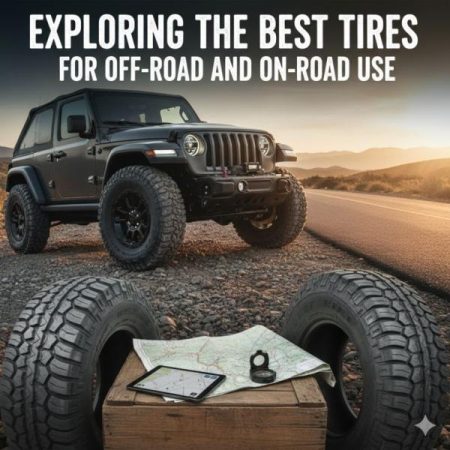Vehicle owners who are new to do-it-yourself repairs may not be sure whether to replace all of the brake pads on a vehicle at once or just front or rear brake pad sets. This guide covers the basics of brake pad materials and price points as well as the frequently asked question “how much should it cost to replace brake pads and rotors?”
Do’s & Don’ts When Changing Brake Pads
The most important do’s for changing brake pads is to select replacement pads that fit your vehicle and change out brake pads in sets. Check your vehicle manual or enter the specifications of your vehicle into a shopping tool on a leading auto parts store to narrow down the available options to pads sized to fit your vehicle.
With regard to brake pad changing don’ts, it is important not to only change the pads on a single wheel. Uneven wear can reduce the reliability of a vehicle’s brake, anti-lock, traction or stability systems. Changing pads in sets makes it easier to keep track of mileage and identify uneven wear that could point toward issues with other brake system components such as calipers or rotors.
How To Choose the Right Brake Pads
While some DIY-ers seek out replacement pads made by the original equipment manufacturer, this is not a necessity. Aftermarket brake pads can be just as reliable, particularly if they are made of the same material or a performance material for your vehicle, the way you drive and the climate where you drive most. You may also be able to use AutoZone coupons to save on any brand and model of brake pads.
Brake pads work by pressing against the rotor in response to mechanical pressure on the brake pedal. When you press the brake pedal, hydraulic fluid is released from the master cylinder and makes its way to pistons inside a bore on each brake. Pistons engage calipers which squeeze pads together. Over time, high heat and repeated friction wear down brake pads made of any material.
How Often To Replace Brake Pads
Most modern brake pads should be replaced every 35,000 miles to 60,000 miles, depending on the material. Ceramic brake pads are the most expensive material, but may also last the longest unless you live in a very cold region. A set of front or rear brake pads may cost around $30 or more, while sets of semi-metallic brake pads may be priced under $30. Organic brake pads may cost around the same as semi-metallic pads, but do not last as long.
Brake pads are relatively affordable components depending on the material and quantity of pads. Doing this repair yourself can save a substantial outlay on labor costs. If you need to maximize savings, plan on replacing the most worn brake pads. The front brake pads on vehicles tend to sustain more wear because of the way the weight transfers forward as a vehicle slows to a stop. In some cases, anti-lock, stability or traction systems may cause rear pads to wear down sooner than expected.






